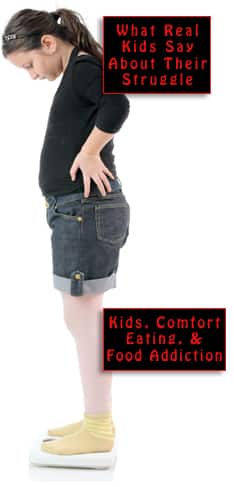
The rules for qualification as a disabled person in the education system were laid down by the Individuals with Disabilities Education Act (IDEA) of 2004, which recognized 13 categories of disability, including Other Health Impairment. To come in under the heading of Other Health Impairment, two criteria needed to be met: there had to be “limited strength, vitality, or alertness as related to the educational environment” and “the condition must adversely affect the student’s educational performance.”
What did this document say about obesity? IDEA explained that its list was not all-inclusive, and on some questions did not take a firm stand:
The list does not include or negate the general condition of childhood obesity; however, the conditions of asthma, diabetes, and morbid obesity are explicitly recognized (as of 2009).
Students who are obese whose condition adversely impacts their educational performance, should be eligible for special education services. If a student is obese and has a significant physical fitness or motor skill deficiency, they have the potential to meet the minimum criteria for obesity as a disability…
What kinds of special educations services was the Act talking about? The subject was clarified by the U.S. Department of Education’s Office for Civil Rights (OCR), which was given jurisdiction over Section 504 of the Rehabilitation Act of 1973. In 2010 the agency published guidelines defining the OCR’s main responsibilities as “investigating complaints, conducting compliance reviews, and providing technical assistance.” The intentions were carefully explained:
It is not a plan designed to enhance a student’s performance. It is a plan to provide fairness and equal access to education… A student is entitled to a Section 504 Accommodation Plan if they have been identified and the evaluation shows that the individual has a mental or physical impairment that substantially limits one or more major life activities. This determination is made by a team of knowledgeable individuals, including the parents, who are familiar of the student and his/her disability.
The purpose of Section 504 was to protect individuals with disabilities from being discriminated against. Exceptions might be made for a student whose obesity “substantially impairs the major life activity of mobility.” As examples, the authors suggested seating modifications (including in restrooms), and the opportunity for privacy in restrooms. The student could be allowed extra time to arrive at classrooms, and/or given elevator privileges. The furniture in classrooms could be rearranged. Classes could be moved to different rooms.
There could be dietary modifications or adjusted meal schedules. If the student travels by bus, that situation should be checked for safety. Attendance policies could be more forgiving. The physical education requirements could be relaxed. There might be counseling, or a peer support group. Students with disabilities could be encouraged to take part in clubs and activities.
A certain type of person would perceive all this as shameful coddling of kids who eat too much and play too many video games. But bear in mind, these accommodations are meant to make life bearable not only for a morbidly obese child but for a wheelchair-bound child or a child on crutches. The list of suggested interventions came with a rather significant caveat:
These guidelines might not reflect the opinion of the Office for Civil Rights and/or current court cases. Civil Rights laws and regulations change periodically and will change interpretations of various rules and regulations.
(To be continued… )
Your responses and feedback are welcome!
Source: “Childhood Obesity: Classification as an IDEA Disability,” SagamorePub.com, 2016
Source: “Guidelines for Educators and Administrators for Implementing Section 504 of the Rehabilitation Act of 1973—Subpart D,” MemberClicks.net, 2010
Image by Mr. Thinktank/CC BY 2.0

 FAQs and Media Requests:
FAQs and Media Requests: 











